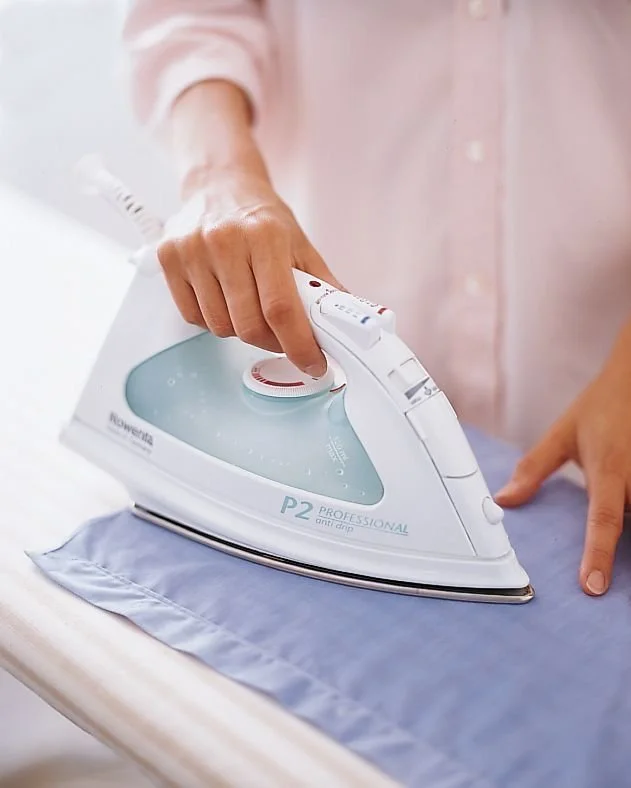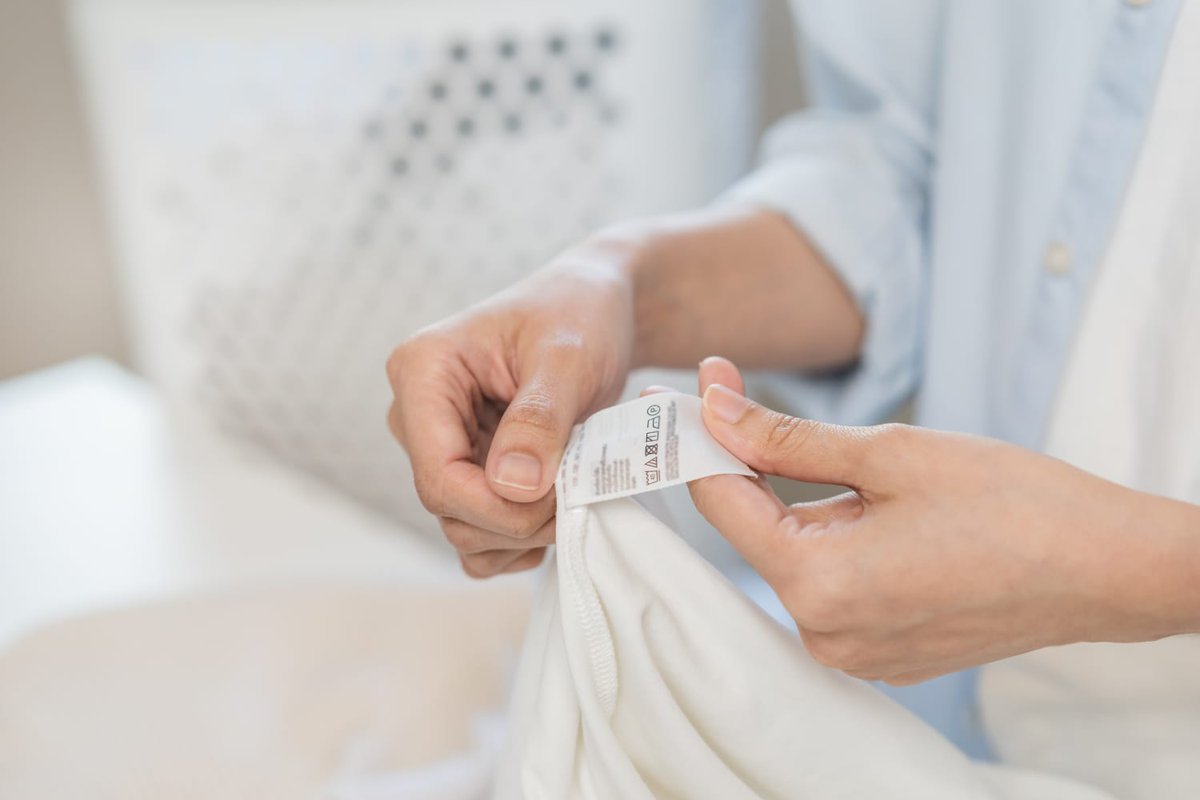How to use an iron properly?
Ironing clothes is a task that many people dread, but it doesn't have to be that way. With the right technique and a little practice, anyone can learn how to use an iron properly. In this article, we will provide you with some helpful tips and tricks to make ironing a breeze.
1. Start with a clean iron
Before you start ironing, make sure that your iron is clean. Over time, mineral deposits from tap water can build up inside your iron, which can cause it to clog and spit out water or steam. To clean your iron, fill it with equal parts water and vinegar, and let it heat up. Once it's heated, turn off the iron and unplug it. Hold the iron over a sink and press the steam button until all of the water and vinegar mixture has been expelled. Then, fill the iron with clean water and repeat the process to flush out any remaining vinegar.
2. Choose the right heat setting
Different fabrics require different heat settings, so it's important to choose the right one for the garment you're ironing. Most irons have a range of heat settings from low to high, and some even have specific settings for different types of fabric. To determine the right heat setting, check the care label on the garment or do a quick internet search for the type of fabric you're working with. Here are some general guidelines:
Low heat: silk, nylon, polyester
Medium heat: cotton, linen, rayon
High heat: denim, canvas, wool
Use distilled water
To prevent mineral buildup inside your iron, it's best to use distilled water instead of tap water. Distilled water has been purified and has fewer impurities that can clog your iron. You can usually find distilled water at your local grocery store.
3. Iron in the right order
To get the best results, it's important to iron your clothes in the right order. Start with the garments that require the lowest heat setting, and gradually work your way up to those that require a higher heat setting. This will prevent you from burning any delicate fabrics.
4. Use the right ironing board
Using an ironing board is much easier and more effective than trying to iron on a flat surface. An ironing board provides a smooth, flat surface for ironing and also allows for better air circulation, which can help your clothes dry faster. If you don't have an ironing board, you can use a clean towel or a piece of cardboard as a makeshift ironing surface.
5. Use steam
Using steam can help remove wrinkles and creases more effectively than dry ironing. Most irons have a steam setting, which releases steam as you iron. To use steam, fill the iron with water and set the steam button to on. Hold the iron a few inches away from the garment and press the steam button as you move the iron back and forth.
6. Iron in sections
Ironing in sections can help you work more efficiently and ensure that you don't miss any spots. Start at the top of the garment and work your way down, ironing one section at a time. As you move the iron, make sure to lift it up and place it back down to avoid dragging it across the fabric.
7. Use a pressing cloth
If you are ironing delicate fabrics like silk or wool, it's a good idea to use a pressing cloth. A pressing cloth is a thin, cotton cloth that you place over the fabric before you iron it. This will help protect the fabric from the heat of the iron and prevent it from getting shiny or scorch marks.
8. Iron collars and cuffs first
When ironing a shirt, start with the collar and cuffs. These areas tend to have the most wrinkles, so it's best to tackle them first while the iron is still cool. Iron the collar on the inside first, then the outside. Next, move on to the cuffs, making sure to iron both sides.
9. Use a spray bottle
If you don't have a steam iron, you can use a spray bottle to add moisture to your clothes as you iron. Simply fill the spray bottle with water and mist the fabric as you iron. This will help to release wrinkles and make ironing easier.
10. Don't forget the pockets
When ironing pants or a shirt, don't forget to iron the pockets. This will help to prevent the fabric from bunching up and looking awkward when you wear it. Use the tip of the iron to iron the edges of the pockets, and then iron the rest of the fabric as usual.
11. Hang clothes immediately
Once you're finished ironing a garment, hang it up immediately to prevent wrinkles from forming again. Don't fold the garment until it has completely cooled down.
12. Use a vertical steamer
If you have a lot of garments to iron, a vertical steamer can be a great time saver. A vertical steamer is a machine that releases steam vertically, which allows you to easily remove wrinkles from hanging garments like dresses and suits. Simply hang the garment up and run the steamer over it to remove wrinkles.
13. Use starch
If you want to add some stiffness to a garment, you can use starch. Starch is a spray that you apply to the fabric before you iron it. It will help to keep the fabric looking crisp and fresh for longer. However, be careful not to overdo it with the starch, as too much can make the fabric stiff and uncomfortable to wear.
14. Practice makes perfect
Ironing may seem daunting at first, but with a little practice, you'll get the hang of it. Don't be afraid to experiment with different heat settings and ironing techniques to find what works best for you. Remember, practice makes perfect.
Bonus: How to iron without an iron?
What do you do if you don't have an iron or don't want to use one? There are a few alternative methods that can work in a pinch:
Use a hair straightener: If you have a hair straightener, you can use it as a makeshift iron. Simply clamp down on the fabric and run it over the wrinkles.
Use a pot: Boil some water in a pot and use the bottom of the pot to press out wrinkles. Be sure to use a towel between the pot and the fabric to prevent burns.
Use a clothes dryer: Place your wrinkled clothes in the dryer with a damp towel and run it on the highest heat setting for 10-15 minutes. The steam from the damp towel will help to release wrinkles.
Hang clothes in the bathroom: Hang your clothes in the bathroom while you take a hot shower. The steam from the shower will help to remove wrinkles.
While these methods may not be as effective as using an iron, they can be useful in a pinch. However, always be careful when using alternative methods to avoid damaging your clothes or causing injury to yourself.
In conclusion, ironing can be a tedious task, but it doesn't have to be. With the right technique and a little practice, anyone can learn how to use an iron properly. Remember to start with a clean iron, use distilled water, choose the right heat setting, and iron in the right order. Use steam to remove wrinkles and iron in sections to ensure that you don't miss any spots. Don't forget to use a pressing cloth for delicate fabrics, and iron collars and cuffs first. Hang your clothes immediately after ironing and use a vertical steamer for hanging garments. With these tips, you'll be a pro at ironing in no time.
Visual Source: pinterest.com














